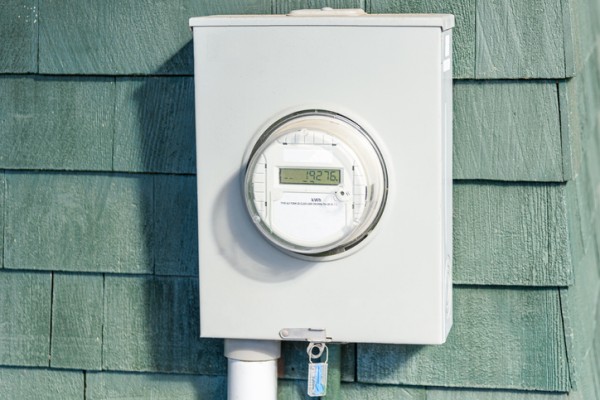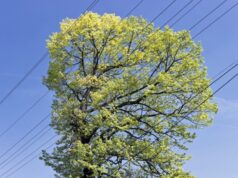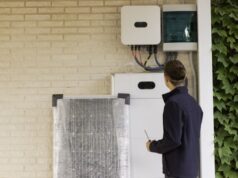
If you’re renovating or building a home, understanding the difference between single-phase and three-phase power can save you from headaches down the track. The power supply you choose will affect the types of appliances you can install, how efficiently your home runs and whether your electrical system will handle future upgrades like electric vehicle chargers or ducted air conditioning.
What is single-phase power?
Single-phase power is the standard electricity supply for most Australian homes. It involves one active wire and one neutral wire delivering alternating current (AC) from the grid. This setup typically supplies 230–240V at 50Hz, which is sufficient for general household needs like lighting, small appliances and standard reverse-cycle air conditioners.
It’s suitable for:
- Most residential homes with average power demands
- Domestic appliances like fridges, ovens, TVs and washing machines
- Electric hot water systems and small air conditioners
Single-phase setups are generally cheaper to install and run compared to three-phase systems, especially for homes that don’t use high-demand appliances.
What is three-phase power?
Three-phase power uses three active wires and one neutral wire to deliver power in a more balanced and consistent way. It’s typically used in commercial and industrial buildings, but is increasingly common in new home builds and large renovations where higher power capacity is needed.
Three-phase systems also deliver 230–240V per phase, but they can handle significantly higher loads and support appliances that need more energy to run efficiently.
Three-phase power is useful if your home includes:
- A large ducted air conditioning system
- An EV charger
- A home workshop with heavy machinery
- A large induction cooktop or oven
- Solar systems with large inverters or battery storage
Do you need three-phase power?
For many homes, single-phase power is perfectly adequate. But if you’re planning to install high-demand electrical appliances or want to future-proof your home, it may be worth upgrading to three-phase.
Some signs you might need three-phase include:
- Flickering lights or circuit overloads when multiple large appliances run simultaneously
- Installing a solar system larger than 5kW (depending on your local distributor’s rules)
- Planning to run an EV charger that draws high current
- Regular tripping of circuit breakers due to load imbalances
Your licensed electrician can perform a load assessment to determine if a three-phase upgrade is necessary.
Installation and costs
Upgrading to three-phase power typically involves rewiring from the street supply to your switchboard and installing a new three-phase meter. You’ll need to apply through your energy distributor or electricity retailer, and a Level 2 ASP (Accredited Service Provider) will carry out the work.
Costs vary depending on location, switchboard access, trenching requirements and your distributor’s charges. In general, expect to pay anywhere from $2,000 to $5,000 or more.
Safety and compliance
All electrical upgrades, including changes to your supply, must comply with AS/NZS 3000 (the Wiring Rules) and be carried out by a licensed electrician. Your electrician should also issue a Certificate of Compliance Electrical Work (CCEW) or equivalent in your state or territory.
Before making the switch to three-phase, check with your local electricity distributor, as some areas may have infrastructure limitations or additional approval requirements.
Key takeaways
- Single-phase power is standard and suits most Australian homes.
- Three-phase power is ideal for homes with high energy needs or future plans for EV chargers, solar and large appliances.
- You’ll need a licensed electrician to assess your home and complete any upgrade safely and in line with current Australian Standards.
- Check with your local energy distributor before planning a change to your supply.
Understanding the difference between single-phase and three-phase power early in your renovation or building project can save time, money and frustration later, especially as homes continue to become more energy-intensive.




